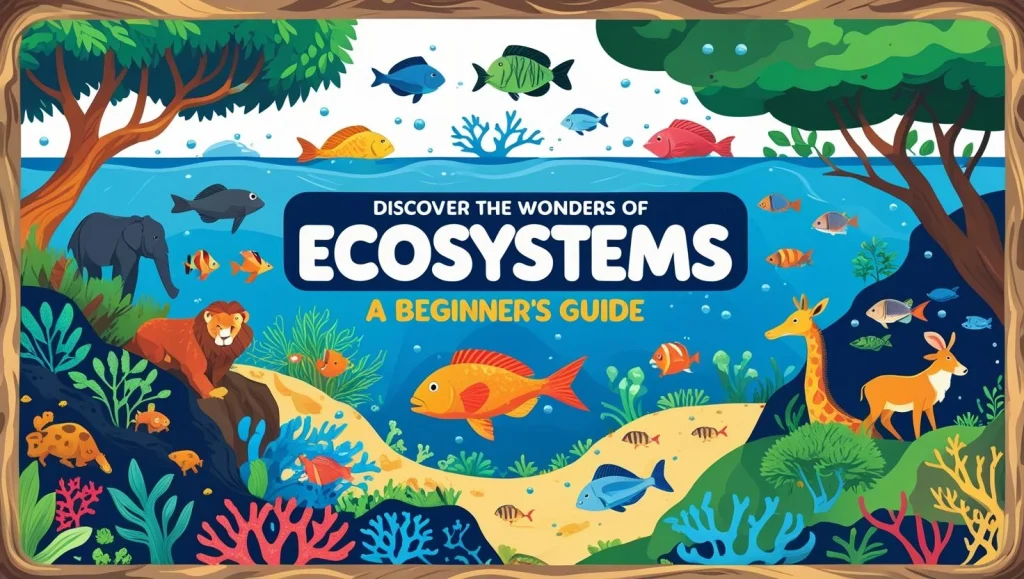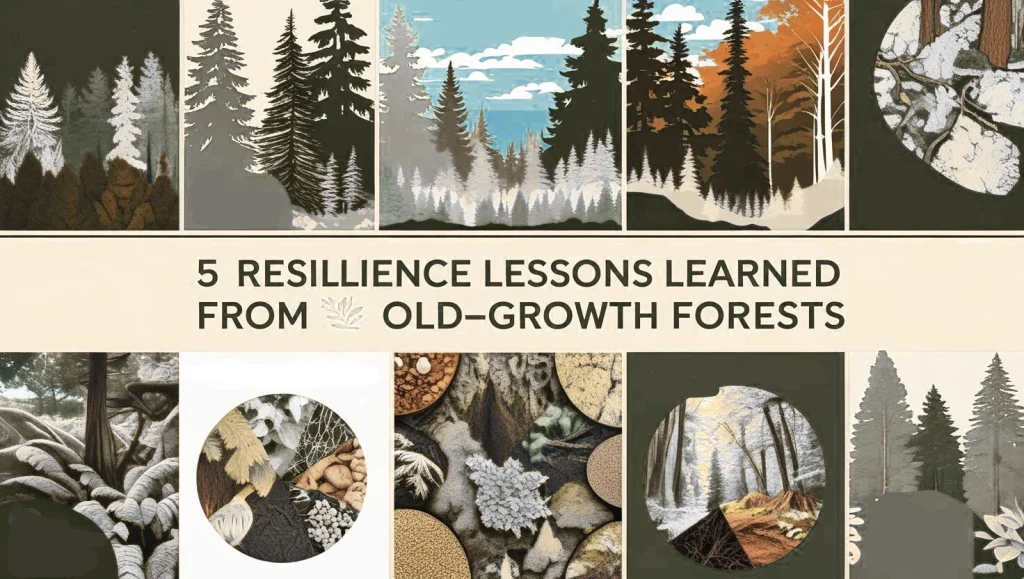Climate change is reshaping our world, and its effects on farming are impossible to ignore. From destructive floods to powerful tsunamis and severe thunderstorms, extreme weather events are threatening food production and human survival. As the global population grows, ensuring future food security and building human resilience are critical. This article explores how climate change impacts agriculture through floods, tsunamis, and thunderstorms, and what steps we can take to adapt and thrive. Written in simple English, this SEO-optimized guide uses low-competition, long-tail keywords like “climate change effects on farming floods tsunamis thunderstorms future food security human resilience” to help your website rank higher on Google.
The Growing Threat of Climate Change Effects Farming
Climate change is making weather patterns more unpredictable. Agriculture is under threat from increasing temperatures, irregular monsoons, and extreme climate events. According to a 2024 study, climate change is weakening global food supply chains, with floods, droughts, and storms causing significant crop losses. In 2025, extreme weather events like floods in Central Europe and wildfires in southern Europe destroyed thousands of hectares of farmland, threatening food production. These changes are not just a problem for farmers—they affect everyone who depends on food.
Farming is the backbone of many economies, especially in countries like India, Brazil, and Nigeria. Still, the changing climate is creating new challenges for growing food and raising animals. Let’s dive into how specific weather events—floods, tsunamis, and thunderstorms—are disrupting agriculture and what we can do to ensure food security and human resilience in the future.
Also Read: Climate Change and Desi Solutions: India’s Eco-Friendly Innovations to Combat Global Warming
Floods: A Major Threat to Crops and Food Security

How Floods Harm Farming
Floods are becoming more frequent and intense due to climate change. Heavy rainfall and rising river levels flood farmlands, washing away crops and eroding fertile soil. In 2024, floods in Southeast Asia destroyed 30% of rice fields in some areas, leaving farmers with huge losses. Floods also waterlog soil, making it hard for plants to grow, and increase the risk of pests and diseases.
Impact on Farmers and Communities
Floods don’t just destroy crops—they disrupt entire communities. Farmers lose income, food prices rise, and families struggle to afford meals. In Europe, floods in 2024 affected 2 million people, showing how widespread the damage can be. This creates a cycle of poverty and food insecurity, especially in regions dependent on agriculture.
Solutions for Flood-Resilient Farming
To combat floods, farmers can adopt climate-smart practices:
- Improved Drainage Systems: Building channels to redirect floodwater protects fields.
- Raised-Bed Farming: Elevating crops above flood levels saves harvests.
- Early Warning Systems: Technology like weather apps helps farmers prepare for floods.
- Flood-Tolerant Crops: Varieties like Swarna-Sub1 rice can survive underwater for weeks.
By investing in these solutions, we can protect crops and ensure future food security despite climate change effects on farming.
Also Read: Healthy Watersheds Are Key to Sustainable Living
Tsunamis: Coastal Farming Under Threat

How Tsunamis Affect Agriculture
Tsunamis, though rare, are devastating for coastal farms. When giant waves crash onto land, they flood fields with saltwater, making soil infertile for years. The 2004 Indian Ocean tsunami ruined 40,000 hectares of farmland in Indonesia, showing the long-term damage. Rising sea levels due to climate change also increase tsunami risks, threatening coastal agriculture further.
Challenges for Coastal Communities
Tsunamis destroy crops, contaminate freshwater sources, and harm fisheries, which many coastal communities rely on. Saltwater intrusion reduces available farmland and drinking water, making it harder for people to survive. In 2025, experts predict rising sea levels will worsen these impacts, affecting food production globally.
Building Resilience Against Tsunamis
To protect coastal farming, we need innovative solutions:
- Salt-Tolerant Crops: Scientists are developing crops like salt-resistant rice to grow in salty soil.
- Mangrove Restoration: Planting mangroves creates natural barriers against tsunamis and protects farmland.
- Relocating Farms: Moving critical farming infrastructure inland reduces tsunami risks.
- Community Preparedness: Training programs teach farmers how to recover quickly after disasters.
These steps help coastal communities adapt to climate change effects on farming and maintain food security.
Also Read: Climate Change Can Humans Evolve to Survive?
Thunderstorms: Damaging Crops and Infrastructure
How Thunderstorms Hurt Farming
Thunderstorms bring hail, strong winds, and lightning that can destroy crops and farm equipment. In 2025, severe thunderstorms in the U.S. Midwest reduced corn yields by 15% in some areas, hitting farmers’ incomes hard. Lightning also causes wildfires, which burn crops and grazing land, while heavy rain from storms can lead to flash floods.
Wider Impacts on Food Systems
Thunderstorms disrupt food supply chains by damaging storage facilities and transportation routes. For example, storms in 2024 delayed grain exports in the U.S., raising global food prices. This shows how climate change effects on farming ripple through economies, making food less affordable for many.
Adapting to Thunderstorms
Farmers can take steps to protect their fields:
- Weather-Resistant Crops: Planting storm-tolerant varieties reduces losses.
- Sturdy Infrastructure: Durable barns and greenhouses offer protection against high wind damage.
- Insurance Programs: Crop insurance helps farmers recover from storm damage.
- Weather Forecasting Tools: AI-powered apps predict storms, giving farmers time to prepare.
These measures build resilience, ensuring food production continues despite climate change challenges.
Also Read: Genetic Engineering: Can We Engineer a Sustainable Future?
Ensuring Future Food Security and Human Resilience
Why Food Security Matters
Ensuring enough food for 9.7 billion people by 2050 is one of the greatest challenges we face. Climate change makes this harder by reducing crop yields and disrupting supply chains. In 2024, the Global Report on Food Crises noted that climate extremes drove food insecurity in fragile regions, increasing hunger and displacement. Ensuring future food security means finding ways to grow food sustainably, even as weather becomes more extreme.
Strategies for Human Resilience
To survive climate change effects on farming, we need a mix of technology, policy, and community action:
- Climate-Smart Agriculture: Practices like drip irrigation and crop diversification save water and boost yields.
- Technology Innovations: AI and gene-editing create crops that resist floods, droughts, and storms.
- Government Support: Subsidies for sustainable farming and insurance programs protect farmers’ livelihoods.
- Community Efforts: Seed banks and farmer cooperatives share resources and knowledge, building local resilience.
- Global Cooperation: Countries must work together to share technology and fund climate adaptation in vulnerable regions.
The Role of Livestock in Resilience
Livestock farming is also affected by climate change, but animals can be more resilient than crops. For example, livestock can be moved during floods or sold to offset crop losses. In smallholder systems, animals provide income, manure, and food, helping families survive climate shocks. Supporting livestock farmers with insurance and better feed options strengthens food security.
How to Make Farming Climate-Resilient
Practical Steps for Farmers
Farmers can adopt simple, low-cost practices to adapt to climate change:
- Crop Diversification: Growing multiple crops reduces the risk of total loss from one weather event.
- Rainwater Harvesting: Collecting rainwater ensures water for irrigation during droughts.
- Agroforestry: Trees planted alongside crops act as natural barriers to wind and floodwaters.
- Training Programs: Learning about climate-smart techniques helps farmers stay prepared.
The Role of Technology
Technology is a game-changer for farming. Drones monitor crop health, while AI predicts weather patterns. In 2025, farmers in India used mobile apps to access real-time weather data, saving crops from unexpected storms. Gene-edited crops, like drought-resistant wheat, are also helping farmers grow more food with less water.
Policy and Community Support
Governments and communities must step up. Policies that fund climate-smart agriculture, like those in the EU’s adaptation strategy, reduce risks for farmers. Farmer-led seed storage and skills training boost local adaptation efforts. By working together, we can build a food system that withstands climate change.
Conclusion: A Hopeful Path Forward
Climate change effects farming, like floods, tsunamis, and thunderstorms, threaten global food security. With effective planning, we have the power to adapt and flourish. By using flood-tolerant crops, restoring mangroves, adopting storm-resistant practices, and supporting farmers with technology and policies, we can ensure future food security and human resilience. For your website, share these solutions to inspire action and raise awareness. Encourage readers to support sustainable farming, advocate for climate policies, or donate to adaptation programs. With collective action, a food-secure future is possible—even in a warming world.
FAQs
How is climate change affecting farming and food security?
Climate change is disrupting farming through extreme weather, droughts, and shifting growing seasons, leading to reduced crop yields and livestock stress2. These impacts threaten global food security, especially in vulnerable regions, by increasing hunger, food prices, and supply chain instability.
How does climate change affect a disaster?
Climate change intensifies disasters by fueling extreme weather like floods, storms, and wildfires through warmer temperatures and increased moisture2. It also worsens their impact—raising sea levels, disrupting ecosystems, and increasing human vulnerability, especially in low-income regions.
How will climate change affect our surroundings?
Climate change will reshape our surroundings through rising temperatures, shifting seasons, and more frequent extreme weather, altering landscapes and ecosystems. It also threatens urban infrastructure, water sources, and biodiversity, making daily life more vulnerable to floods, heatwaves, and resource scarcity.
How does climate change affect the ocean?
Climate change warms the ocean, causing rising sea levels, coral bleaching, and shifting currents that disrupt marine ecosystems and coastal communities2. It also leads to ocean acidification, threatening shell-forming species and reducing biodiversity vital for food chains and fisheries.
What are the future effects of climate change?
Future climate change will bring rising global temperatures, sea level rise, and more extreme weather, threatening ecosystems and human health2. Without strong action, we risk mass species loss, food insecurity, and irreversible damage to the planet’s life-support systems.

